How to choose the right platform for your serious game
2024-04-25
The history of game-based learning
2024-06-17There is a common belief that video games negatively impact childrens’ academic performance. Many parents picture games as a surefire way to rot their young ones’ brains and turn them into moody monsters.
The truth, however, is much more nuanced: video games have the potential to unlock the inner genius of children, when paired with the correct practices.
Let's explain.
Video games make for better learning
Video games have the unique ability to contextualize information and engage gamers, particularly children, for prolonged periods of time. In the world of education, this is referred to as the “flow state”, a state of consciousness that is optimal for information processing and retention - and they excel at it!
Video games simulate the subjects/scenarios to children and illustrate them in a way that invites them in and allows them to fully immerse themselves in whatever they are learning about.
Here are some examples of games are great for learning different topics, through either teaching the subject directly, or by inspiring kids to find out more on the subject:
- Duolingo for language learning
- DragonBox for mathematics
- Extreme Event for crisis management
- Blood Typing for biology - specifically, blood types and transfusion
How gaming helps children learn better
Playing video games provides a slew of benefits to children’s learning:
Boost critical thinking & problem-solving
Monterrey Institute of Technology published an article underlining the ability of games to make players think and improve their critical thinking. In Minecraft, players have to use the resources put at their disposal to find ways to survive - and thrive!
Improve strategy and leadership
Pittsburgh University has found that video games put players in command, honing their abilities to resolve disputes and collaborate to reach decisions together.
Language learning
Not only by directly teaching the language (such as with platforms like Duolingo), but multiplayer allows players to interact and chat with each other. Helsinki University found that it helps players learn other languages through instructions, chats for communicating with other players, or even the narration of the story itself.
Improve teamwork
The Institute for the Future, a Californian organization, multiplayer games boost teamwork and collaboration. In Extreme Event, players have to work together to prepare for (and recover from) natural disasters.
Stimulate creativity & visual memory
The University of California has found that they stimulate these aspects by setting goals that require concentration, imagination and remembering details to achieve them.
Tips to make the most of game-based learning
For parents
Parents remain concerned about the impact of video games on their children, and for valid reasons. The World Health Organization included “gaming disorder” as a behavioral addiction in 2019. There are multiple explanations to the addictive nature of gaming, one of them being the release of dopamine it triggers in the brain - similarly to addictive substances.
If you’re a parent, here are a few measures to take to ensure your little ones are gaming safely
- Check the game content and rating: Make sure you read up on the different rating systems (the main ones being ESRB and PEGI) and ensure your children are playing age appropriate games.
- Encourage collaborative gaming: Whether with their friends or with you, playing with other people fosters your children’s social skills and helps them establish friendships and alliances. Try to avoid letting gaming become a solitary activity.
- Establish time limits: Set a maximum time limit per day for gaming; studies recommend no more than 2-3 hours per day (depending on the day of the week). Make sure you establish other rules if needed (ex. no gaming before homework is done).
For teachers
Gaming does offer a slew of benefits, but it can be a daunting task to include it in a curriculum for teachers who may not be the most inclined. If you are a teacher, here a few tips to help you:
- Start learning about games: You don’t need to be an expert gamer, but you need to know the basics and be somewhat interested in what your students like to play. If you’re looking for a place to start, Minecraft Education is the perfect place to begin. We also offer a selection of video games that introduce different educational topics in a fun, gamified way.
- Do not rely solely on gaming: Video games can’t replace a knowledgeable teacher, but they can be a great tool to help them.
- Create the right challenges: Students are motivated by progress, so make sure you create the level of challenge. Too easy, and they might lose interest; too challenging, and they might get frustrated.
Conclusion
Finding a middle ground between entertainment and educational value is a challenge, and sometimes some of the latter may be sacrificed in order to create a game that students will want to play. This is why it’s important to not overlook the benefits of video games that lie in the soft, transferable skills they develop in their players.
Too much of anything can be bad, and that includes gaming. However, we shouldn’t let this undermine the advantages of using video games, which is why it’s important to follow the best practices when using them for educational purposes.
A game like Minecraft won’t teach your students how to build a house or craft tools out of wood, but it can teach them creative problem-solving to use the material they have at their disposal to solve their various challenges like surviving the elements, finding food, and building a shelter.
This is the kind of outlook we at Play Curious have when it comes to creating educational games. In fact, we’ve created a game that teaches students how to learn! Our game Neuroboost is all about metacognition, which is to know and understand how one processes information. It helps players identify their thought processing and apply it to their learning to achieve better results. You can check it out here.




